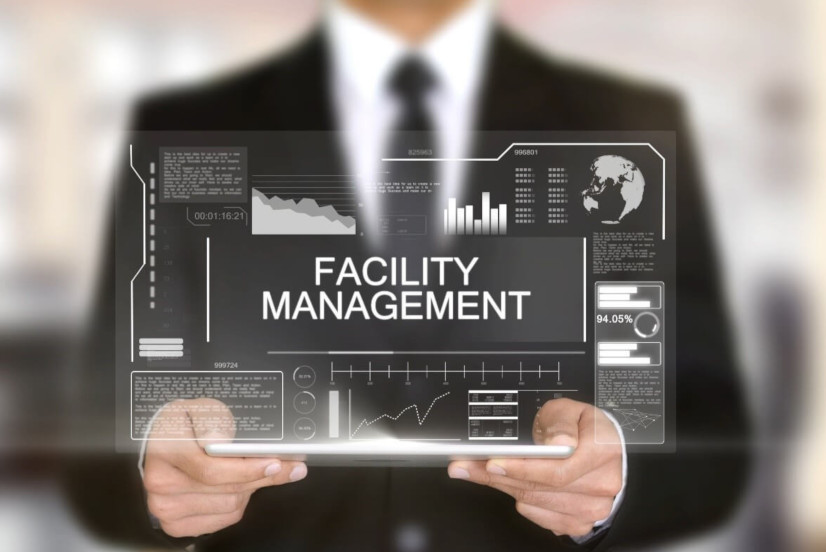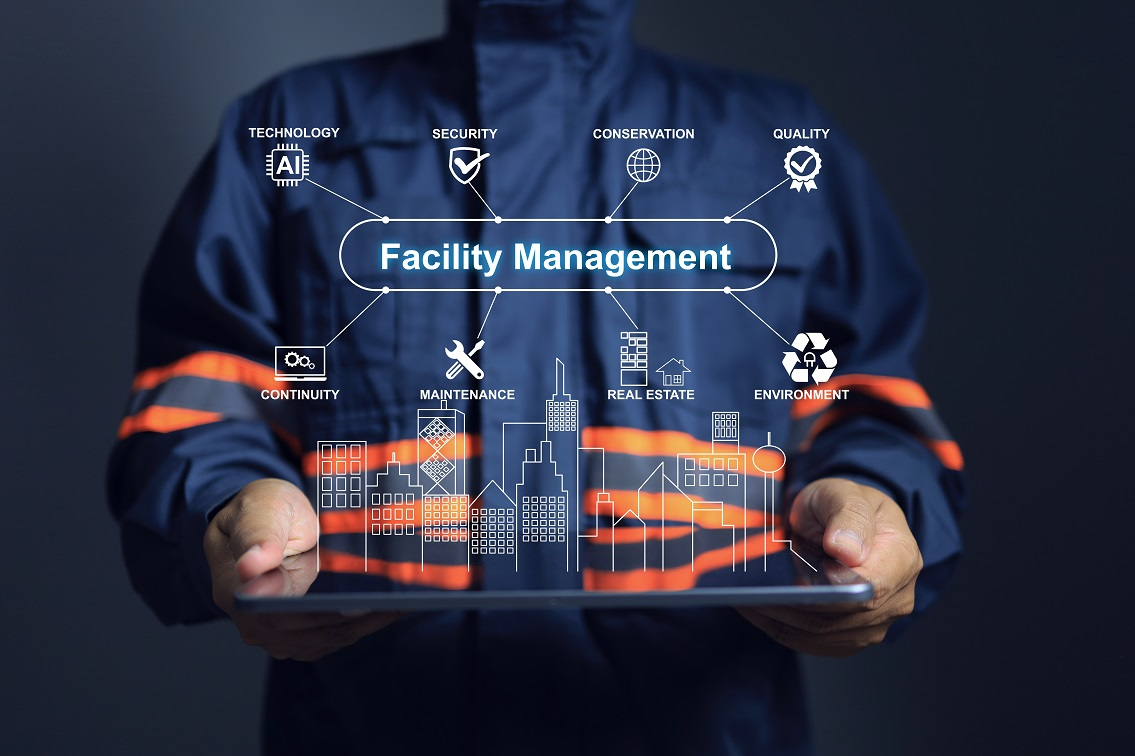Facility Management Services-- Ensuring Security and Maintenance
Wiki Article
The Vital Guide to Facility Monitoring: Approaches for Success
Center management plays a critical duty in the general success of a company, functioning as the foundation that sustains safety and security, performance, and performance. By utilizing strategic strategies such as integrated technological options and cultivating cross-departmental collaboration, companies can dramatically enhance their operational structures. The subtleties of efficient facility monitoring expand beyond plain logistics and need an extensive understanding of both quantitative and qualitative metrics. As we explore these important strategies, a closer exam discloses how they can change not just facilities, but the actual society within a company itself. What might these improvements resemble in technique?Comprehending Facility Management
What constitutes efficient facility management? Reliable facility administration encompasses the coordination of numerous organizational features to ensure that built settings are secure, efficient, and for productivity. It incorporates the principles of service, design, and design monitoring to create a seamless functional circulation within a company.Crucial element of center administration consist of room preparation, upkeep monitoring, and compliance with health and wellness regulations. Space planning concentrates on optimizing the use of physical resources to support organizational objectives, while upkeep administration makes certain that centers are maintained in optimum problem, taking full advantage of life expectancy and lowering functional expenses. Conformity with regulative and legal requirements is vital, as it safeguards the company versus prospective obligations and enhances its credibility.
Moreover, effective center monitoring depends on the calculated use technology, such as Building Monitoring Equipment (BMS) and Computer-Aided Center Monitoring (CAFM) devices. These technologies promote real-time surveillance of building systems and improve maintenance procedures (Facility Management). Eventually, an extensive technique to center monitoring not just promotes operational performance yet additionally cultivates a positive setting for visitors and employees alike, driving overall organizational success

Key Techniques for Optimization
Enhancing center management needs a critical technique that lines up operational experiment business goals. To accomplish this, the very first essential strategy is the execution of incorporated technological remedies. Making use of sophisticated software application systems permits for real-time surveillance of center procedures, helping with data-driven decision-making and enhancing general effectiveness.Second of all, normal evaluations of center efficiency are crucial. Carrying out regular examinations and audits makes it possible for center supervisors to recognize locations that require renovation, making sure that sources are alloted properly. This aggressive strategy aids in decreasing downtime and boosting solution distribution.
An additional essential approach is cultivating cooperation throughout departments. By encouraging open communication in between groups, center managers can better align their strategies with organization objectives, causing enhanced operational synergy. In addition, engaging personnel in training programs promotes a culture of responsibility and improves their capability to add to optimization efforts.
Enhancing Security Protocols
Strengthening safety and security methods is crucial for developing a safe and secure setting within facilities. A detailed security procedure not only protects staff members and site visitors however likewise improves operational efficiency. Facility Management. To achieve this, facility managers must carry out routine risk analyses to determine potential threats and guarantee that proper steps remain in location
In addition, clear interaction networks need to be developed to report safety and security problems without delay. This includes developing an easily accessible platform for workers to voice possible risks or events without worry of reprisal. Leveraging innovation can improve safety and security measures; for example, implementing monitoring systems and access controls helps keep an eye on center activities and restrict unauthorized entry.
Last but not least, conformity with local policies and industry criteria is non-negotiable. Routine audits and evaluations of safety and security protocols ensure positioning with existing regulations and best practices. By prioritizing these approaches, facility supervisors can cultivate a society of security that shields all stakeholders and eventually adds to the company's success.
Improving Work Environment Atmosphere
A positive workplace setting substantially enhances staff member morale and efficiency, making it a crucial emphasis for facility administration. To develop such an atmosphere, center managers must focus on several crucial elements, including comfort designs, aesthetic appeals, and worker engagement.Ergonomic factors to consider are important to lessen physical pressure and discomfort. This involves giving adjustable furniture, appropriate illumination, and ample space for motion. These modifications can bring about decreased absence and enhanced job fulfillment.
Aesthetic appeals play an essential duty fit the workplace atmosphere. Utilizing color psychology, natural lighting, and plant can cultivate a inviting and stimulating environment. Attentively created rooms can enhance creativity and improve overall well-being.
In addition, motivating staff member involvement via comprehensive decision-making procedures can boost the sense of possession and belonging. Gathering feedback on workplace improvements and including staff members in the design process can bring about a more customized setting that fulfills their demands.
Last but not least, promoting wellness efforts, such as health cares and leisure spaces, can additionally add to a helpful workplace society. By concentrating on these methods, facility supervisors can properly enhance the workplace environment, driving both staff member fulfillment and organizational success.
Measuring Success in Facilities
Determining success in facility management calls for a detailed technique that evaluates both quantitative and qualitative metrics. Measurable metrics typically include key performance indicators (KPIs) such as space utilization rates, energy usage, maintenance prices, and occupancy degrees. These metrics supply a clear photo of functional effectiveness and monetary efficiency, permitting facility supervisors to click resources determine locations for improvement and criteria versus sector standards.Qualitative metrics, on the various other hand, emphasis on customer contentment and staff member engagement. Studies and comments systems can determine just how well the facilities satisfy the requirements of residents, aiding to examine the overall office atmosphere. This aspect is critical, explanation as a pleased labor force is often connected to boosted efficiency and retention prices.
To successfully measure success, center supervisors need to also think about incorporating modern technology, such as developing administration systems and data analytics devices, to accumulate and evaluate pertinent data. Frequently reviewing both collections of metrics enables an extra balanced view of performance and notifies calculated choices. Inevitably, an effective center management strategy rests on a commitment to constant enhancement, making sure that both operational performances and customer satisfaction are prioritized.

Final Thought
In final thought, efficient facility administration is essential for boosting business performance. Focusing on safety procedures and improving work environment atmospheres additionally add to increased staff member fulfillment.Facility administration plays a crucial function in the general success of an organization, offering as the foundation continue reading this that sustains efficiency, performance, and safety and security.Key aspects of center management include space preparation, upkeep monitoring, and compliance with wellness and safety and security laws.In addition, reliable facility management relies on the strategic usage of innovation, such as Building Management Equipment (BMS) and Computer-Aided Center Administration (CAFM) tools. Inevitably, an extensive technique to center management not only advertises functional efficiency but likewise promotes a favorable setting for employees and visitors alike, driving total organizational success.
Eventually, an effective center administration approach pivots on a commitment to continuous improvement, guaranteeing that both operational effectiveness and customer contentment are focused on.
Report this wiki page